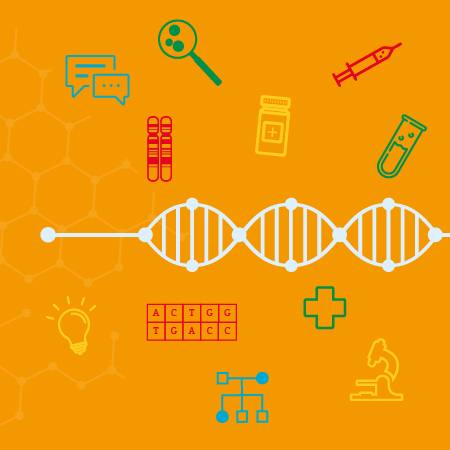Definition
Following DNA replication, as part of cell division, each chromosome consists of two full length DNA molecules joined at the centromere. Each of these DNA molecules is a chromatid.
Use in clinical context
The formation of chromatids is an important step in cell division ensuring that each new daughter cell has the correct complement of DNA at the end of cell division. In meiosis, the swapping of genetic information between non-sister chromatids of homologous chromosomes occurs through a process called recombination, which is a method of ensuring genetic diversity.
Related terms
Cell division | Chromosome | Daughter cells | Deoxyribonucleic acid (DNA) | Sister chromatids



